Top speed 262 km/h Length 7 m Manufacturer Saab Group | Wingspan 8.85 m Introduced 1972 Designer Björn Andreasson | |
 | ||
Saab safari over bod og b rvasstindan
Saab MFI-15 Safari, also known as the Saab MFI-17 Supporter, is a propeller-powered basic trainer aircraft used by several air forces.
Contents
- Saab safari over bod og b rvasstindan
- Saab safari acro
- Development and design
- Variants
- MFI 17 Supporter
- Former Operators
- MFI 17 Mushshak
- Specifications Safari
- References

Saab safari acro
Development and design
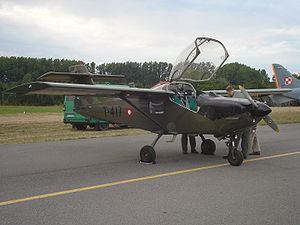
On 11 July 1969 Saab flew the prototype (SE-301) of a two/three-seat civil/military trainer or general utility aircraft allocated the designation Saab-MFI 15. Developed at Malmö Flygindustri, it was powered by a 119 kW Avco Lycoming IO-320-B2 flat-four engine and with a conventional low-set tailplane. The latter was later modified to a T-tail configuration to minimise damage when operating from rough airfields.
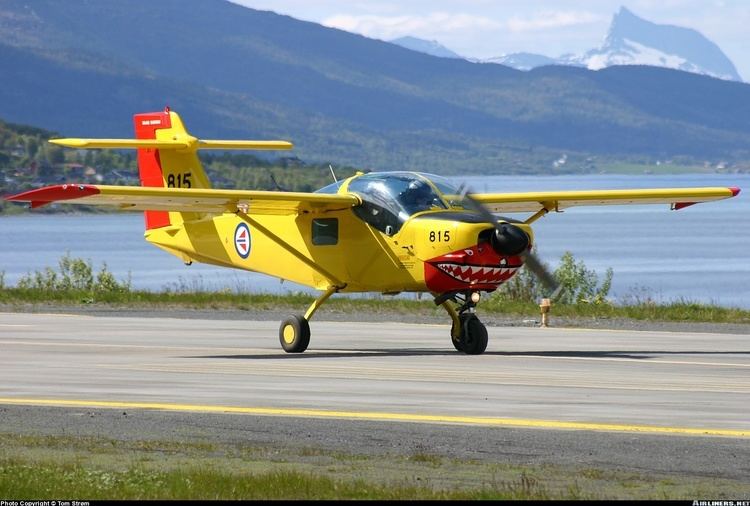
On 26 February 1971 the prototype was flown with the more powerful Avco Lycoming IO-360-A1B6 air-cooled flat-4 piston engine, which became the standard powerplant for the production version, now designated as the Saab Safari. A braced shoulder-wing monoplane with fixed tricycle landing gear, available optionally with tail-wheel landing gear, it provides side-by-side enclosed accommodation for two and has dual controls as standard. It has forward-swept wings to maintain correct centre of gravity. This design constraint applies also to the ARV Super2 and the Bölkow Bo 208 Junior, the latter a license-built version of the Malmö MFI-9 Junior.
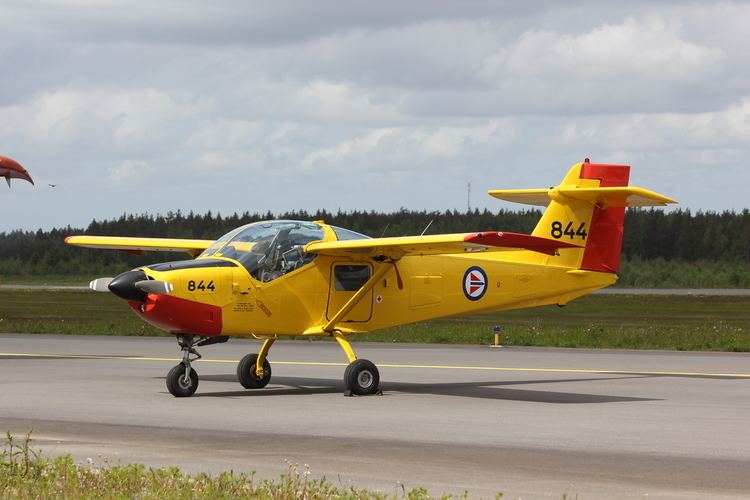
A military version designated originally Saab-MFI 17 was flown on 6 July 1972 and differed from the Safari by being equipped more specifically for use as a military trainer, or for artillery observation or forward air control and liaison.; this version was later named Saab Supporter. In August 1978 Saab flew a prototype version of the Safari with a 157 kW Continental flat-six turbocharged engine; designated Safari TS, it did not enter production. A trainer based on the Safari's design was built in kit form for assembly in Pakistan as the Mushshak, with 92 aircraft delivered to the Pakistani Air Force. A later batch of 120 aircraft was built entirely in Pakistan.
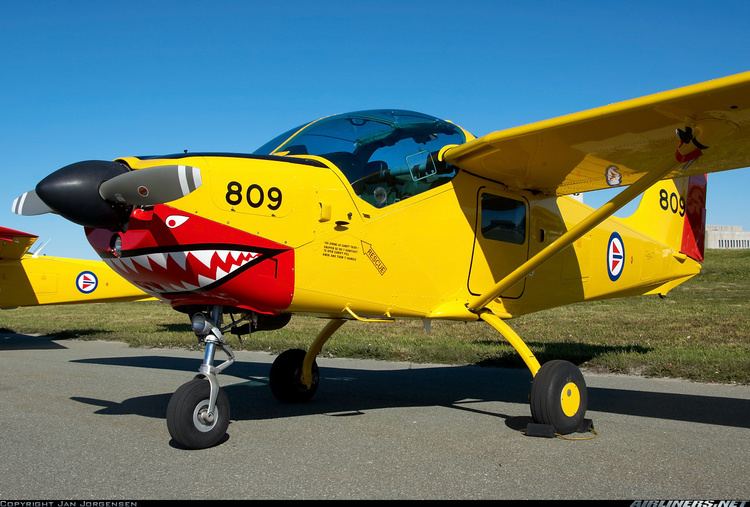
Of the 250 fully assembled aircraft built by Saab, the majority were bought by private fliers. Including the 212 Pakistani CKD or locally built aircraft, a total of 462 versions of the Safari were produced. The Royal Norwegian Air Force purchased their Safaris in 1981. Today 16 of the aircraft are stationed at Bardufoss Air Station.
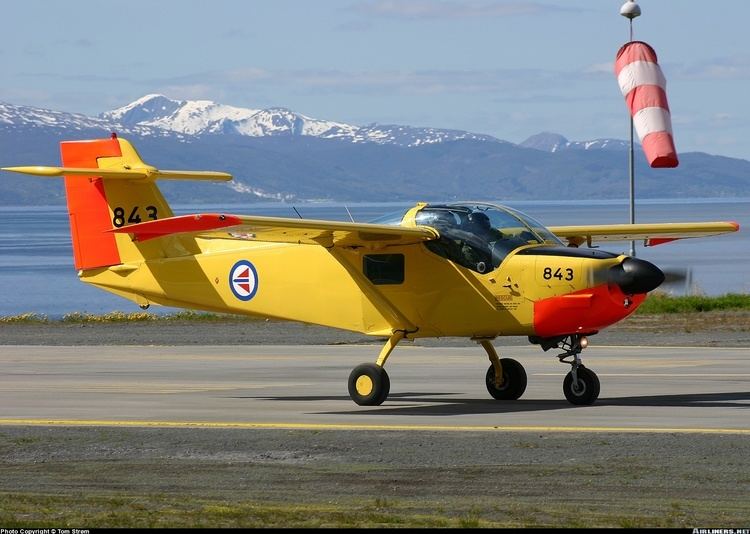
A variant with a stretched wing made of composite materials, the MFI-18, was tested during the 1980s in Sweden. Also fitted with provision for skis, this version never went into production. The supporter was also used as a highly efficient COIN aircraft, Experience with the earlier MFI 9B Minicom during the Biafran Civil War encouraged Saab to develop the Supporter as a close support aircraft carrying an assortment of underwing stores including rockets and gun pods.
Variants
MFI-17 Supporter
Pakistan
Former Operators
MFI-17 Mushshak
Iran
Oman
Pakistan
Syria
Saudi Arabia
Specifications (Safari)
Data from Jane's All The World's Aircraft 1976–77
General characteristics
Performance
